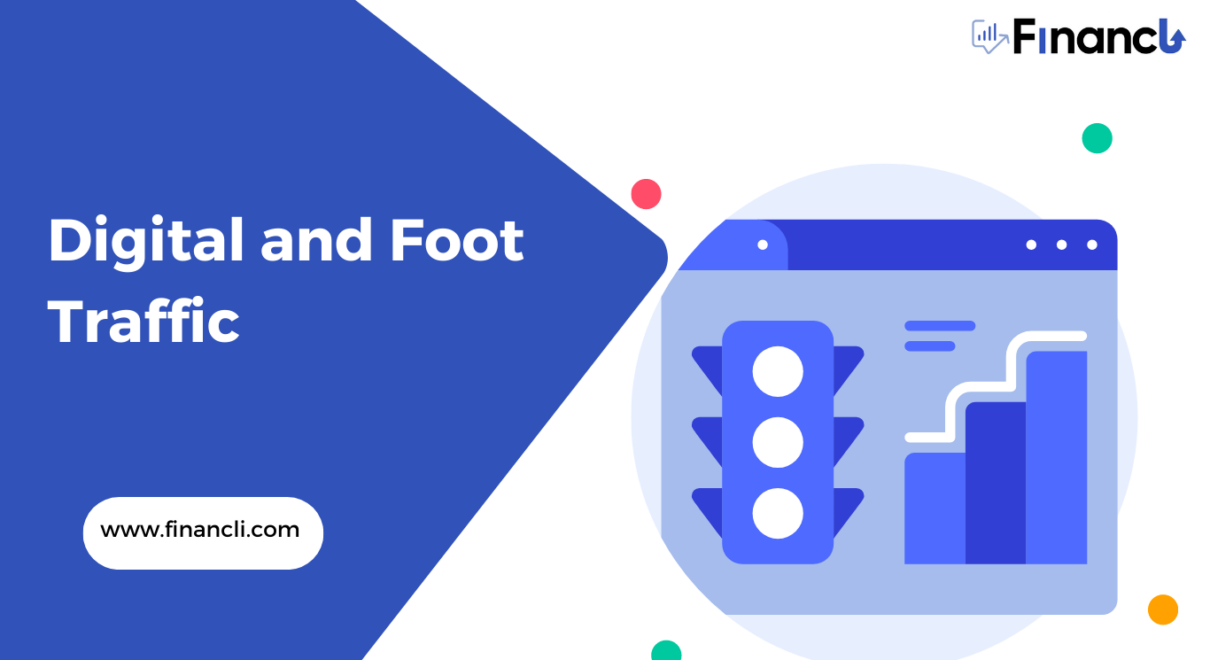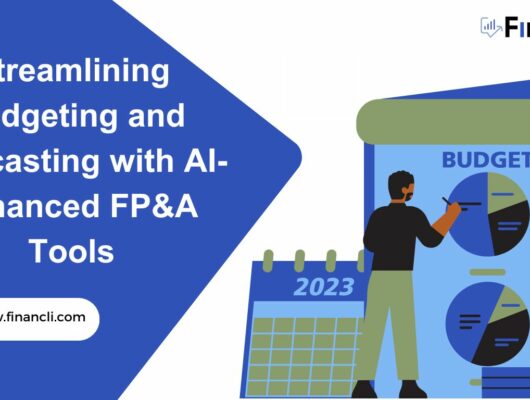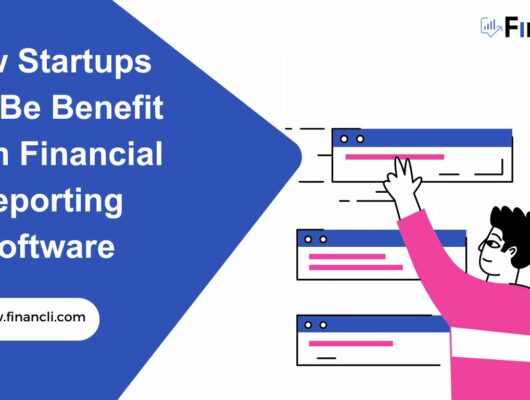Digital and Foot Traffic
Foot Traffic
Foot traffic in retail refers to the number of customers who walk into your store. In general, more people walk on foot and make more money.
Retailers can use counters, cameras, and retail monitoring software to measure foot traffic manually or digitally. The location of your store is the most significant factor that could affect foot traffic.
In addition to median income, crime rates, and local foot traffic, chain stores and franchisees research local traffic patterns. A larger company may contract out the task if interested in the pitch. Throughout the year, consultants are frequently hired to conduct surveys and analyze trends in foot traffic.
Digital Traffic
The main factor in a website’s exposure is digital traffic, which is connected to its SEM( Search Engine Marketing) strategy. Your reach, visitors, views, engagement, and conversions are all included in this. Digital traffic lists these qualities for the company to have valuable KPIs.
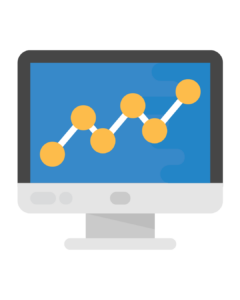
A person’s computer or another web-connected device communicates with the server when they view a website. Numerous different files make up each web page. The website server transmits each file to user browsers, combining and converting it into a single file with images and content.
Difference Between Foot and Digital Traffic
When we refer to “foot traffic,” we mean the number of customers who enter your store and those who pass by. Retail success has always been directly correlated with traffic, and more sales opportunities exist in an area with more foot traffic.
Regular foot traffic has the following advantages:
Permits face-to-face purchases, which many consumers prefer, allow customers to ask questions directly, receive prompt responses, and allow businesses to interact with and see customers in person. These factors may also encourage word-of-mouth advertising and, as a result, encourage repeat customers through referrals.
Users of e-commerce gain from the convenience and special offers offered online. However, website owners also gain from the rise in online sales.
A steady stream of customers to your store at all times, even while you’re asleep, is one of the main advantages of internet traffic.
Geographical limitations are minimal to nonexistent.
You can see patterns and enhance your marketing strategy by tracking them.
It offers targeted reach.
How are Foot and Digital Traffic Important
Foot Traffic Importance
By monitoring foot traffic, you can get more information to help you decide what to do with your business. For example, you could calculate your store’s busiest days and organize your staff appropriately, for instance, based on total sales and foot traffic. Additionally, you might discover how your most recent marketing activations, promotions, and outside factors like weather or seasonality affect foot traffic.
Foot traffic analytics is used by many businesses to enhance operational processes and gather customer data. For example, improving personnel schedules, which allows companies to schedule more employees during busy times and inventory activities during quiet times, is a significant benefit. In addition, marketers can learn how outside factors like the weather and local events impact their marketing efforts by monitoring foot traffic.
Digital Traffic Importance
For many reasons, website traffic is crucial. Prospective customers will increase in number as your website receives more visitors. The potential for your business to have an impact, produce qualified leads, promote your brand, and build relationships is represented by the number of website visitors.
Internet traffic growth does not always indicate increased wealth. Your business may expand, diversify its product line, establish new locations, and create new services and products with more internet traffic.
Is Foot and Digital Traffic Necessary?
Most businesses value foot traffic because it increases revenue, especially retail businesses. By hosting grand openings and other promotional events like demos, prizes, special events, and philanthropic fundraisers, among other things, companies can increase foot traffic.
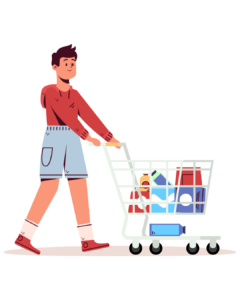
Observing how major retail chains use promotions and specials to increase traffic is fascinating. For example, restaurants offer coupons, collaborate with different credit cards, and advertise in neighborhood newspaper inserts. Additionally, they want to hire well-known chefs and the local press to give them as much publicity as possible.
Numerous spas and medical professionals make similar attempts. These companies all put a lot of effort into publicizing their websites if they even have one. However, a small merchant finds supporting and promoting a fledgling business much more challenging.
Similarly, many people are unaware that visitors to your website and online transactions with you are people. So, finally, your website and business won’t succeed without consistent traffic from the right demographic.
Retailers should take the importance of website traffic into account for several reasons, three of which are as follows:
First, you must draw in more targeted traffic to make more money.
Users targeted or interested in your products or services are more likely to return and recommend your website to others.
The likelihood that someone will subscribe to your newsletter or read your promotional content increases with more time spent on your website, making it easier for you to sell to them eventually.
Increasing Foot Traffic to Sales
1. Increase Your Internet Presence
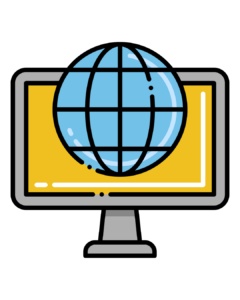
Customers come to your store every day. You can tell people about your website and social media presence by showing them your digital channels around the store, but don’t go overboard.
You could, for instance:
You should include your website’s URL and social media links in the receipts.
Give business cards with a concession code when packing luggage.
On any container, have your internet contact details.
Place small plaques with your online information on store shelves.
Any outdoor signs and windows should display information so that onlookers can see it.
Similarly, publicize any special in-store internet deals and distribute marketing materials. Again, give people a reason to pay attention.
2. Promote Only Online Sales
Two traits distinguishing many people are their enjoyment of life and fear of missing out (FOMO). Statistics show that social media has a significant impact on how likely it is for FOMO to affect wealthier households.
3. Monitor Your Inventory
The balance between stockpiling enough inventory to meet customer demand and over-splurging on items that won’t move off the shelves must be struck by business managers. Always compare conversion rates to inventory data and look for patterns when calculating conversion rates. High conversion rates may become ineffective due to poor inventory management, which could reduce your earnings.
For better inventory management, take into account the following:
Regularly audit your inventory, whether it’s annually, monthly, weekly, daily, or whenever shifts change.
Based on consumer feedback and sales performance, determine whether it’s time to move to a new supplier.
When arranging supply delivery, choose consistency so that customers and staff are informed.
During marketing campaigns, keep an eye on the connection between sales and products and promote specific items.
Use inventory management software to monitor data and product information.
How Can I Get More Digital and Foot Traffic?
You can use these helpful hints to boost foot traffic:
The company can increase its web visibility by posting details about the business, such as reviews, products and services, and operating hours. People who browse the store online can find information that will entice them to visit if they have a robust online presence.
Create a social media strategy because it can help you build an effective online presence. Social media users who find the company may decide to visit, which will increase foot traffic.
Create and promote company events to attract potential customers by organizing and publicizing shop events.
How to increase online traffic
Instagram Business Account
Over one billion people use Instagram worldwide, and 90% of accounts there follow businesses, making it a viral social media platform.
Creating videos or photographs for marketing, finding hashtags on Instagram, and other Instagram options are all available to help you grow your audience. However, suppose you already have a large following on Instagram. In that case, you shouldn’t fully utilize it until you’ve tried its advertising platform because producing Instagram advertisements will likely increase website traffic and revenue.
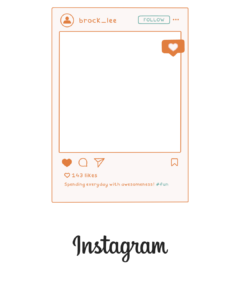
Ensure you have a business account on Instagram or that your statement has been converted. Then, you’ll have even more chances to interact with your audience through Instagram advertisements. You can start creating ads in the way that best suits you by using the platform to generate advertising like images, videos, carousels, collections, and stories.
Google Advertisement
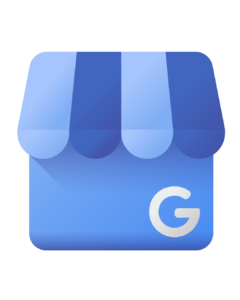
Google AdWords offers a unique opportunity to market your goods and services to people actively searching for them. You can advertise your product on Google and YouTube, the world’s two most popular search engines. Although the platform enables you to increase web traffic and revenue, managing it is difficult for beginners, and you risk misrepresenting your advertising to the wrong audience.
Discounts for a Limited Time
Time-sensitive discounts can be a very effective way to persuade customers to make purchases and increase traffic. This is because a solid psychological sales trigger is scarcity created when you set a time limit on your deal.
Keeping Current With Trends
Retail “showrooming” is gaining popularity.
Customers’ purchasing patterns have changed in several fascinating ways as e-commerce has grown. Nowadays, consumers are more likely to “showroom,” which involves looking at items in-store but making online purchases. Most of the time, customers start and finish shopping online, where they may purchase a product they saw in your store.
The majority of customers still favor in-store retail.
E-commerce has received much attention recently, but it still falls short of how brick-and-mortar retail affects consumer psychology. Due in part to impulse purchases and the fact that they don’t seem to enjoy shopping entirely online, customers spend more in-store than online.
Conclusion
Because they display the number of potential customers in the store and online, retailers should develop strategies to improve both traffic systems. Businesses can boost sales and profitability by increasing foot and digital traffic.
Business owners and managers may benefit from AI solutions’ ability to boost foot and digital traffic, identify trends and peak times, and optimize their entire strategy.

